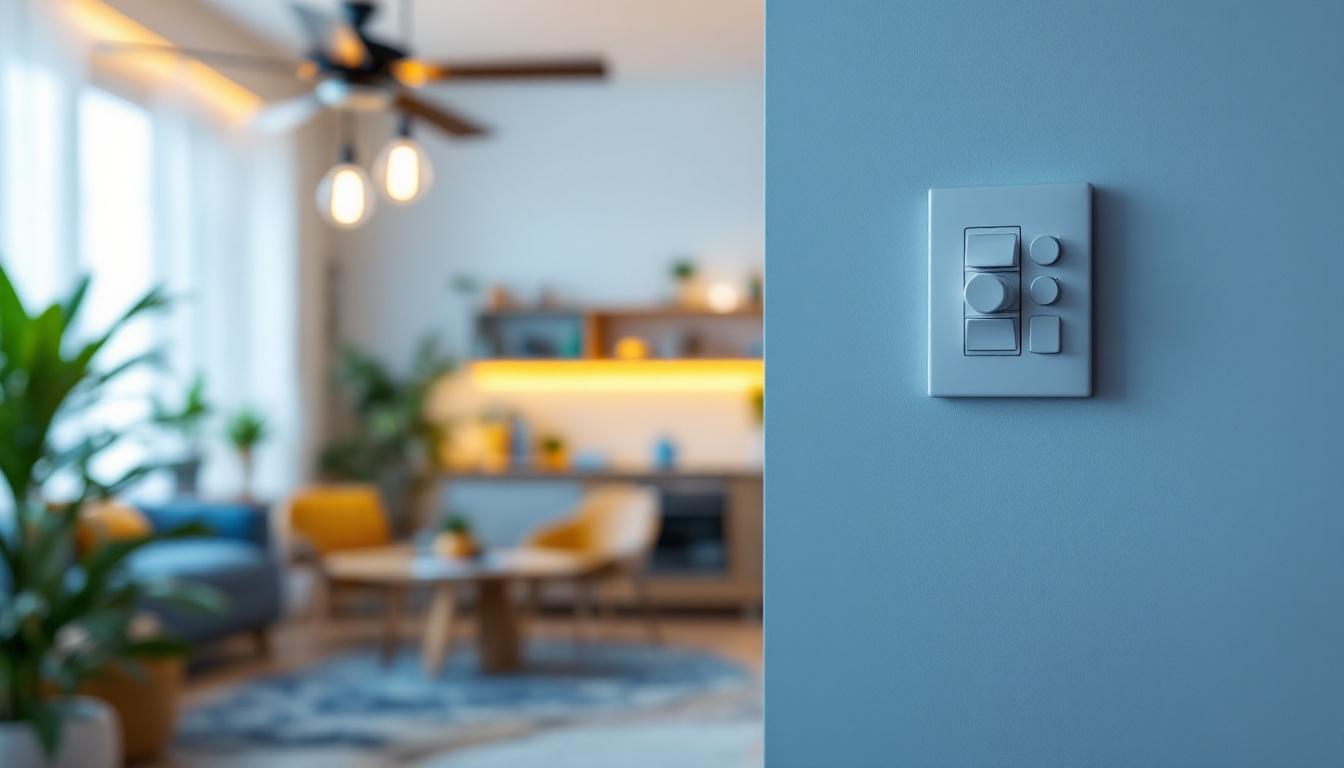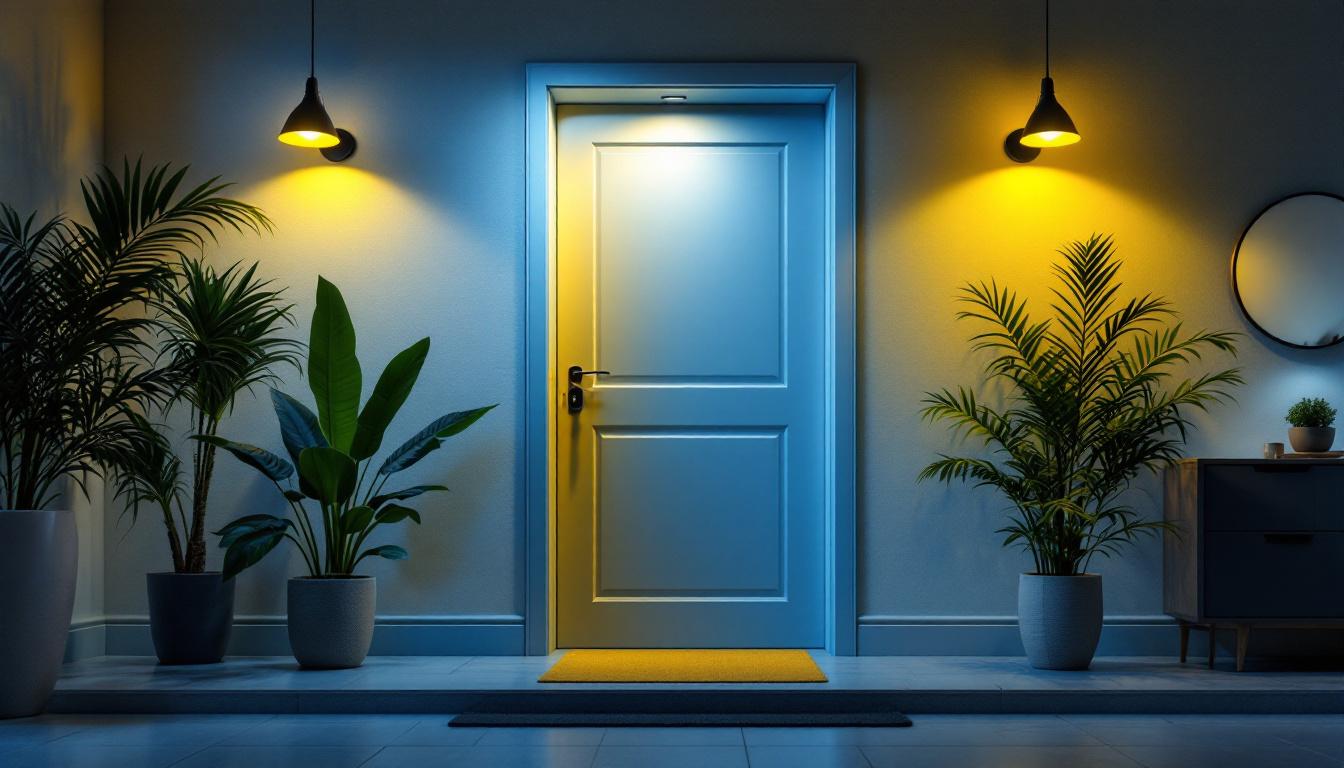
In the realm of lighting design, the choice of light source can significantly influence both aesthetics and functionality. High pressure sodium (HPS) lamps have emerged as a popular choice among lighting contractors for various applications, particularly in outdoor and industrial settings. This article delves into the unique characteristics of HPS lamps, their advantages, and how they can enhance lighting designs.
High pressure sodium lamps are a type of gas discharge lamp that produces light by passing an electric current through sodium vapor. The result is a warm, golden light that is often associated with street lighting and industrial applications. These lamps are known for their efficiency and longevity, making them a staple in many lighting designs. Their distinctive color temperature, typically around 2000K, not only provides excellent visibility in outdoor settings but also creates a unique ambiance that many find appealing.
The operation of high pressure sodium lamps involves a complex interaction of gases and electricity. When the lamp is turned on, an electric arc is formed between two electrodes, heating the sodium and creating a vapor. This vapor emits light when energized, producing a spectrum that is rich in the yellow and orange wavelengths. The efficiency of HPS lamps is one of their most appealing features, as they can produce a significant amount of light while consuming relatively low energy. Furthermore, the design of the lamp includes a ceramic arc tube that withstands high temperatures and pressures, contributing to the overall durability and performance of the lamp.
High pressure sodium lamps are characterized by their high luminous efficacy, which can range from 100 to 150 lumens per watt. This means that they produce more light per unit of energy consumed compared to many other types of lamps. Additionally, HPS lamps have a long lifespan, often lasting up to 24,000 hours or more, which reduces the need for frequent replacements and maintenance. The warm light emitted by HPS lamps is particularly effective in foggy or rainy conditions, as it penetrates through moisture in the air better than cooler light sources, enhancing visibility for drivers and pedestrians alike.
Moreover, the use of high pressure sodium lamps extends beyond just street lighting; they are also widely utilized in horticulture. The specific light spectrum they produce is beneficial for plant growth, especially during the flowering and fruiting stages. Growers often rely on HPS lamps to provide the necessary light intensity and quality that can lead to higher yields and healthier plants. This versatility in application showcases the adaptability of HPS technology across various fields, making it a valuable asset in both urban and agricultural environments.
Lighting contractors often gravitate towards high pressure sodium lamps for several compelling reasons. Their unique benefits make them an ideal choice for a variety of applications, particularly in outdoor and industrial environments.
One of the most significant advantages of HPS lamps is their energy efficiency. In an age where energy costs are continually rising, the ability to provide ample illumination while consuming less power is invaluable. This efficiency translates into lower operational costs over time, making HPS lamps a cost-effective solution for large-scale lighting projects. Additionally, their high lumen output per watt means that fewer fixtures are needed to achieve the desired brightness, further reducing installation and maintenance expenses. This aspect is particularly appealing to municipalities and businesses looking to optimize their budgets while maintaining safety and visibility.
The long lifespan of high pressure sodium lamps contributes to their appeal. With proper installation and maintenance, these lamps can operate for years without needing replacement. This durability is particularly beneficial in hard-to-reach areas, where changing lamps can be time-consuming and costly. Moreover, HPS lamps are designed to withstand harsh environmental conditions, making them suitable for outdoor applications where exposure to moisture, dust, and temperature fluctuations can be a concern. Their robust construction ensures that they can endure the rigors of industrial settings, providing reliable performance even in challenging circumstances.
High pressure sodium lamps produce a distinct warm light that enhances visibility in outdoor settings. This quality is particularly advantageous for street lighting, parking lots, and industrial sites, where clear visibility is crucial for safety. The color rendering index (CRI) of HPS lamps is lower than some alternatives, but their effectiveness in illuminating large areas often outweighs this drawback. Furthermore, the warm glow emitted by HPS lamps creates a sense of security in public spaces, encouraging nighttime activity and reducing crime rates. As cities and towns seek to improve their nighttime aesthetics and safety, the use of HPS lighting continues to be a popular choice among urban planners and lighting designers alike.
The versatility of high pressure sodium lamps makes them suitable for a wide range of applications. From urban street lighting to agricultural use, their adaptability is a key factor in their popularity among lighting contractors.
High pressure sodium lamps are commonly used for street and area lighting due to their ability to cover large spaces effectively. The warm glow they emit not only enhances visibility but also creates a welcoming atmosphere in urban environments. Municipalities often choose HPS lamps for their cost-effectiveness and reliability, ensuring that streets remain well-lit and safe for pedestrians and drivers alike. Furthermore, the long lifespan of HPS lamps reduces maintenance costs, as they require less frequent replacement compared to other lighting options. This longevity is particularly beneficial for cities, which can allocate their resources to other pressing needs rather than constant upkeep of street lighting.
In industrial settings, high pressure sodium lamps are favored for their durability and efficiency. Warehouses, manufacturing facilities, and loading docks often require robust lighting solutions that can withstand the rigors of daily operations. HPS lamps provide bright, consistent illumination that helps improve productivity and safety in these environments. Additionally, their excellent color rendering properties allow workers to distinguish between colors more accurately, which is crucial in tasks that involve sorting or quality control. The energy efficiency of HPS lamps also contributes to lower operational costs, making them an attractive choice for businesses looking to reduce their energy consumption while maintaining high levels of illumination.
High pressure sodium lamps have also found a niche in agricultural applications, particularly in greenhouse settings. The warm light produced by HPS lamps promotes plant growth by mimicking natural sunlight. As a result, many growers utilize these lamps to extend the growing season and enhance crop yields. In addition to their role in promoting photosynthesis, HPS lamps can also influence the flowering and fruiting processes of various plants, making them invaluable for horticulturists. The ability to control light exposure allows farmers to optimize their production cycles, leading to more efficient use of resources and increased profitability. Moreover, as advancements in technology continue to emerge, growers are exploring hybrid systems that combine HPS lamps with LED technology, further enhancing energy efficiency and light quality in agricultural settings.
When incorporating high pressure sodium lamps into lighting designs, several factors should be taken into account. Understanding these considerations can help lighting contractors create effective and aesthetically pleasing solutions.
Proper light distribution is essential for maximizing the effectiveness of high pressure sodium lamps. Contractors must consider the placement and spacing of fixtures to ensure even illumination across the intended area. Utilizing reflectors and lenses can also help direct light where it is needed most, minimizing dark spots and enhancing overall visibility.
The warm color temperature of high pressure sodium lamps can influence the overall aesthetic of a lighting design. While this warm glow is often desirable for outdoor applications, it may not be suitable for all environments. Contractors should assess the specific needs of each project and consider alternative lighting options if a different ambiance is required.
As sustainability becomes increasingly important in lighting design, contractors must consider the environmental impact of their choices. High pressure sodium lamps, while efficient, do contain materials that require proper disposal. Additionally, the warm light they emit may not be conducive to certain wildlife habitats. Understanding these factors can help contractors make informed decisions that align with both performance and environmental responsibility.
While high pressure sodium lamps offer numerous advantages, they are not without challenges. Recognizing these limitations can help contractors make informed decisions when selecting lighting solutions.
One of the primary drawbacks of high pressure sodium lamps is their low color rendering index (CRI). This means that colors may appear distorted under HPS lighting, which can be a concern in applications where accurate color representation is critical, such as in retail environments or art galleries. Contractors must weigh the need for accurate color rendering against the benefits of energy efficiency and longevity.
High pressure sodium lamps also require a warm-up period before reaching full brightness. This characteristic can be a disadvantage in situations where immediate illumination is necessary, such as in emergency lighting scenarios. Understanding the limitations of HPS lamps can help contractors plan for contingencies and select appropriate alternatives when needed.
High pressure sodium lamps have carved a niche in the lighting industry due to their efficiency, longevity, and effectiveness in various applications. As lighting technology continues to evolve, the role of HPS lamps may also change. However, their unique characteristics ensure that they will remain a valuable option for lighting contractors seeking reliable and cost-effective solutions.
Incorporating high pressure sodium lamps into lighting designs requires careful consideration of their advantages and limitations. By understanding the specific needs of each project and the environments in which these lamps will be used, contractors can create effective lighting solutions that enhance safety, visibility, and aesthetics.
Ultimately, high pressure sodium lamps represent a powerful tool in the lighting contractor’s arsenal. As the demand for efficient and effective lighting solutions grows, the continued use and innovation surrounding HPS technology will likely play a significant role in shaping the future of lighting design.
Ready to elevate your lighting designs with the efficiency and longevity of High Pressure Sodium Lamps? Look no further than LumenWholesale for all your lighting needs. Our commitment to providing contractors with superior, spec-grade lighting products at unbeatable wholesale prices means you can trust in the quality and value of your purchase. With our extensive selection that meets the highest industry standards, free shipping on bulk orders, and no middleman markups, you’re guaranteed to get the best value for your investment. Enhance your lighting projects today and experience the best in wholesale lighting with LumenWholesale.

Discover the pivotal role of bracket mounted light fixtures in modern lighting installations.

Discover how a 4-speed fan switch can revolutionize efficiency for lighting contractors.

Discover the future of lighting with our step-by-step guide on installing fluorescent light bulbs.

Discover how backdoor lighting enhances safety in lighting installations, reducing accidents by up to 30%.